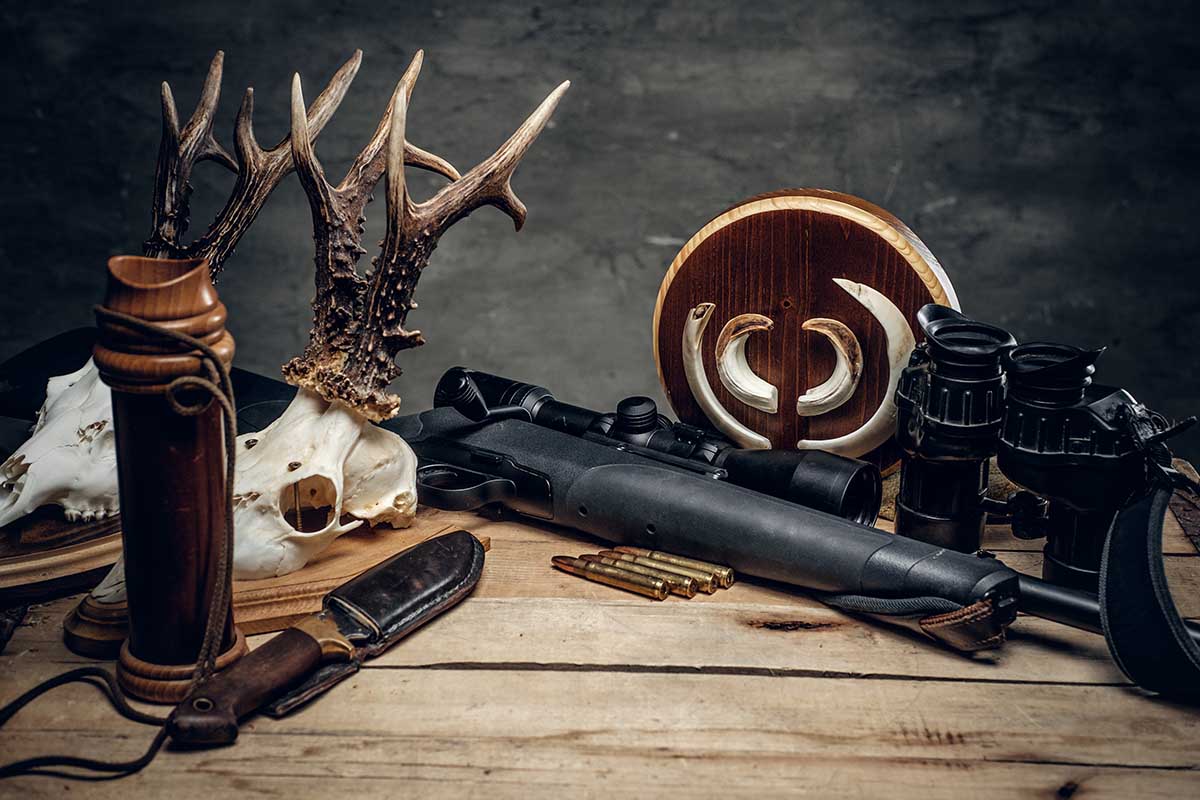What are the best ways to store Ammo in the long term?
Ammunition storage is a critical aspect for gun owners and enthusiasts.
Proper storage ensures the safety, reliability, and longevity of your ammunition.
It’s essential to understand that ammunition is a sensitive item that reacts to its environment.
Consequently, knowing the right conditions and methods for storage can significantly impact its performance.
This article delves into effective strategies for long-term ammo storage, emphasizing safety and preservation, whether for rifle cartridges or 9mm ammo.
The Importance of a Cool, Dry Environment
- Temperature Control
Ammo longevity is highly dependent on the storage environment, particularly temperature. High temperatures can deteriorate the powder and primer, leading to misfires or duds. To avoid this, store your ammunition in a cool area with minimal temperature fluctuations. Ideally, a consistent temperature below 70°F (21°C) is recommended. Avoid places like attics or garages where temperatures can vary widely. Consistency in temperature is key, as frequent changes can accelerate the aging process of the components inside the ammunition.
- Moisture Avoidance
Humidity is ammunition’s nemesis. Moisture can lead to corrosion and damage both the bullet and the casing. Ensure your storage space is dry, with a relative humidity of around 50%. Desiccant packs or a dehumidifier can help in maintaining optimal humidity levels. It’s advisable to regularly check the humidity levels and replace desiccant packs as necessary. Airtight storage can also prevent moisture from seeping in, ensuring the ammo remains pristine.
Use of Proper Storage Containers
- Ammo Cans and Containers
The right container is essential for protecting ammo from environmental elements. Military-style metal ammo cans are popular due to their durability and sealant properties, making them ideal for storing various types of ammunition, including 9mm ammo. Ensure the rubber gasket on the can’s lid is intact to provide an air-tight seal. Plastic ammo boxes are also a viable option, especially for organizing different types of ammunition. These containers not only protect from moisture and temperature but also help in preventing dust and other contaminants. The key is to ensure that the container is robust and capable of withstanding environmental pressures.
- Avoiding Original Cardboard Boxes
While storing ammo in its original packaging is common, cardboard boxes are not ideal for long-term storage. They absorb moisture and do not offer airtight protection. Transferring ammo to dedicated containers is a more secure approach. Cardboard can also attract pests, damaging both the packaging and the ammunition. Investing in quality storage containers is a wise decision that will pay off in the long run by preserving the integrity of your ammunition.
Organization and Inventory Management
- Labeling for Easy Identification
Organizing your ammunition makes it easier to track and use. Label each container with the ammo type, caliber, and purchase date. This not only aids in identifying the ammo but also helps in using older stock first. Detailed labeling helps in quick decision-making, especially when you need to access specific ammunition types rapidly. It also prevents mixing different ammunition types, which can be dangerous.
- Inventory Checks
Regular inventory checks are crucial. This process involves inspecting ammunition for any signs of corrosion or damage. Any compromised ammo should be safely disposed of to prevent accidents. This routine ensures your stock is always in top condition and ready for use. It also lets you track your ammo supply, helping you plan purchases and maintain an adequate stock.
Safety and Legal Compliance
- Adhering to Legal Requirements
Every region has specific laws regarding ammunition storage. It’s essential to be aware of and comply with these regulations to avoid legal complications. Ignorance of the law is not a defense, and non-compliance can lead to serious legal consequences. Regularly updating yourself on local laws and regulations is part of responsible ammunition ownership.
- Secure Storage
It is paramount to keep ammunition out of the reach of unauthorized persons, especially children. A locked cabinet or safe secures your ammo and adds an extra layer of protection against environmental factors. Safeguarding your ammunition is not just a safety measure; it’s a moral responsibility. It also protects your family and community.
Handling with Care
- Avoid Rough Handling
Ammunition is designed to withstand some degree of impact, but rough handling can damage it. When moving or organizing your ammo, handle it gently to prevent any accidental discharges or damage. The components of a cartridge are sensitive; mishandling can alter their alignment or integrity, leading to potential failures. This respect for the ammunition extends its life and maintains its reliability.
- Rotation of Stock
Using the oldest ammunition first is a good practice. This rotation ensures that no ammo sits in storage for too long, reducing the chances of deterioration. Consistently rotating stock minimizes the risk of having unusable ammunition and ensures that your supply remains fresh and effective. This practice is particularly important for those who may not use their ammunition frequently.
Conclusion: Ensuring Longevity and Safety
Long-term ammunition storage requires careful consideration of environmental factors, proper containers, organization, safety, and legal compliance.
By following these guidelines, gun owners can ensure their ammo remains safe, reliable, and ready for use whenever needed.
Remember, responsible storage is not just about preserving ammunition; it’s also about ensuring safety and peace of mind.
Storing ammunition correctly is a reflection of your commitment to safety and responsibility as a gun owner.



















